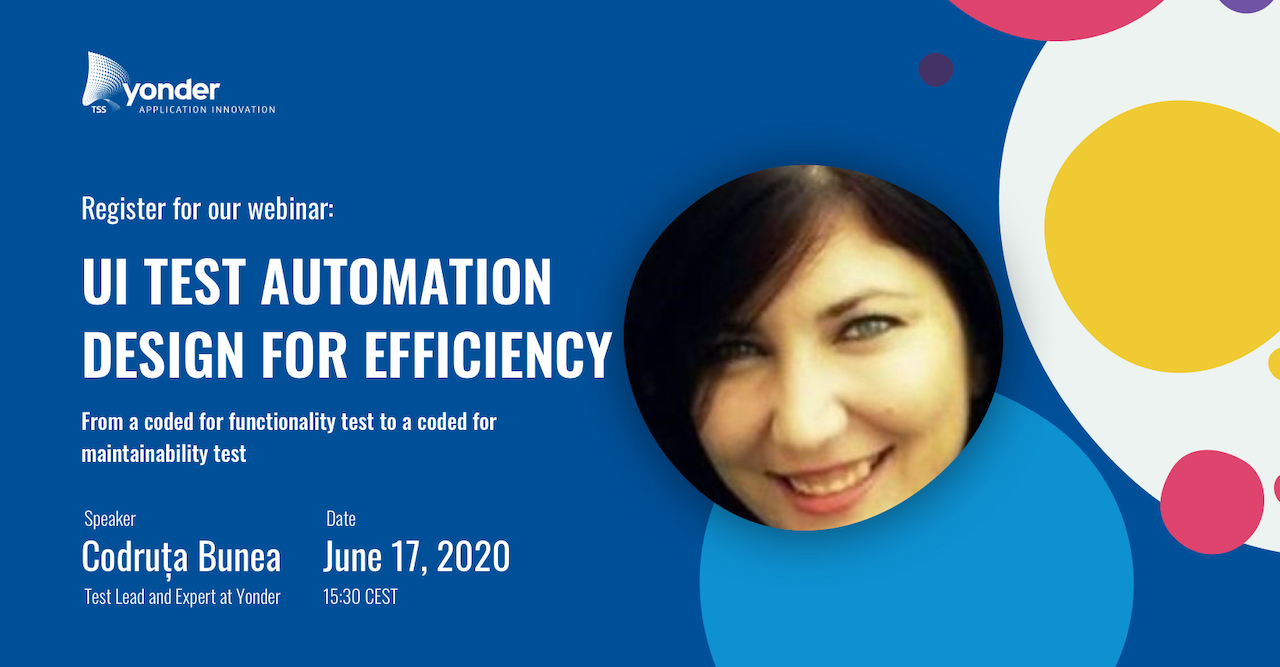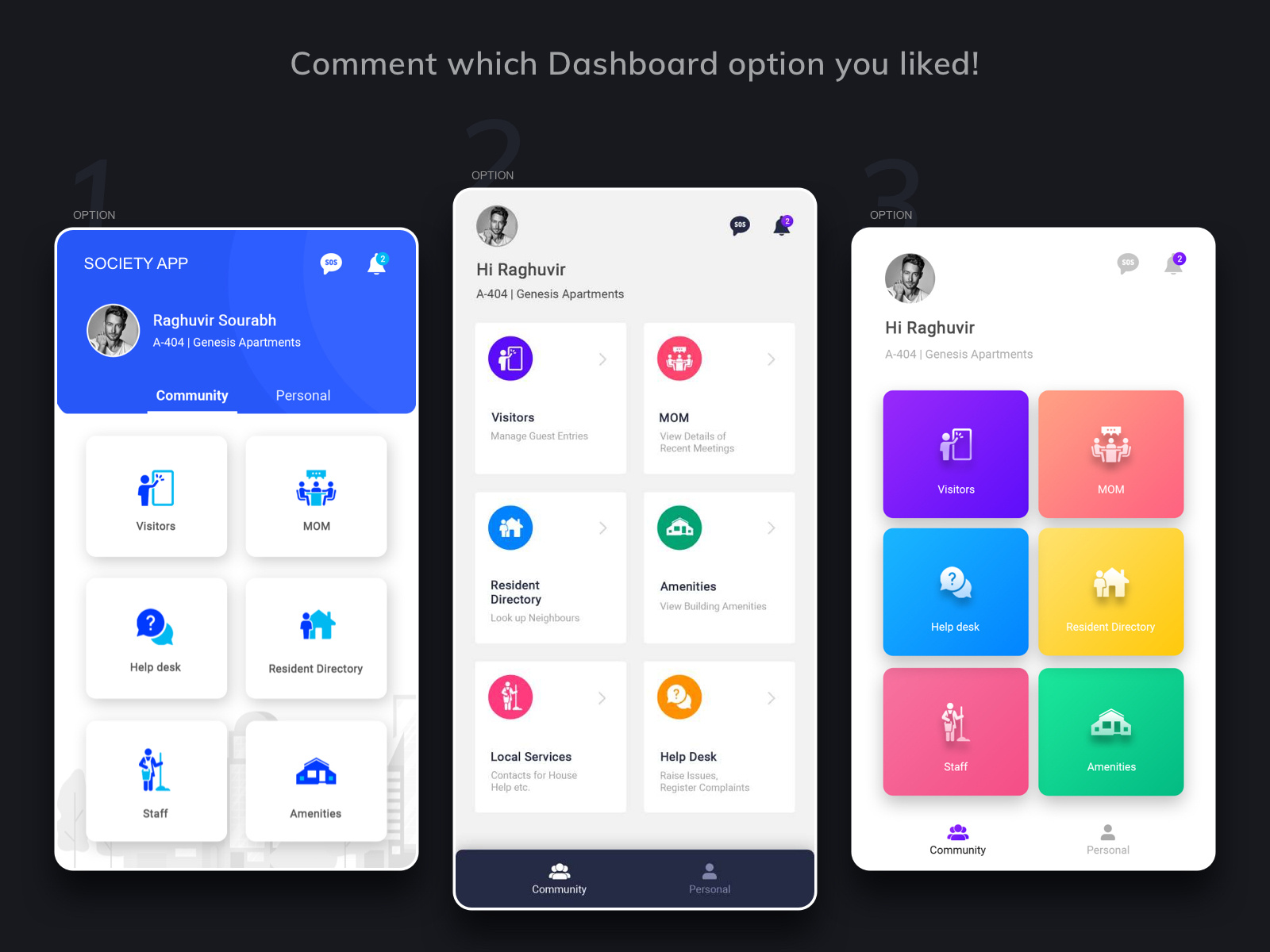Table of Content
With my design, one can create a 3D image by simply taking a panoramic photo of their house. The photo will be automatically stored and compose to a 3D map. The user can then link the picture of the house with the controls for it. These views are from the same image and can be seen by either tilting the phone, scrolling the image, or adjusting the compass.

As demonstrated in Figure 11, the location of the arrows affects the overall composition and restrict the information to the centre of the screen. Chart pages are meant for interactive visualization of persisted data in the main UI. Options include displaying time series, aggregates, heatmaps, calendars, with the ability to select the period and date to show. Instead, it will copy all the configuration files and the transitive dependencies right into your project so you have full control over them.
UI/UX Designer (m/w/d)
All of the commands except eject will still work, but they will point to the copied scripts so you can tweak them. If you aren't satisfied with the build tool and configuration choices, you can eject at any time. This command will remove the single build dependency from your project. For the experiment, there were some limitations that are worth mentioning. First of all, the sample group of the experiment were mostly high school students. For this reason, the conclusion of the experiment may not generalize perfectly to a wider age range.

In Figure 11, I compared the use of arrows in a smaller box to arrows used in the entire screen. As shown in the image, the left version is much more visually appealing, whereas the right version looks like an infinite list. As demonstrated, putting arrows into a smaller box is a valid way to take advantage of this signifier yet still leave enough space for other information elements. In short, it is important to consider the location of the signifier when designing the user interface.
# Tabbed Pages
Home automation 371 inspirational designs illustrations and graphic elements from the world s best designers. To summarize, In this section I have discussed how signifiers can be used to communicate the ways to use the app. In particular, arrows can be used to indicate swiping between pages, yet the location of the arrows can influence the overall composition. Through a more disruptive approach, adjustable horizontal bars can be used to replace arrow buttons and guide users for simple devices. With this user interface, people do not need any architecture background to set up the app and use it.

Maps and Floorplans are Pages dedicated to displaying markers and other elements on a background overlay. The component is passed prop onUpdateValue which must be called when the value is changed and it should pass the deviceId and the updated value. Field NameTypeDescriptiondeviceIdintegerThe ID of the devicecontrolIdintegerThe ID of the control to be changed its value.newValueanyThe new value for the control. HTTP-based API interactions are simulated using dummy data in the public/data folder for GET requests and for changing values they are simulated using fake promises that should be replaced with axois PATCH requests. The accuracy rate of the task was calculated by the average percentage of participants that selected the right answer. Similarly, the error rate is calculated by the average percentage of participants that selected the wrong answer.
Top 10 UI Kits for Designing Smart Home Apps
773 inspirational designs, illustrations, and graphic elements from the world’s best designers. Sidebar order allows to reorder the sidebar menu, choose an integer for each page on the sidebar, the lower values will make the page higher in the menu. To put a page on the Sidebar, open the Sidebar & Visibility option in a Page's general settings, and enable the Show on Sidebar toggle.

How to enhance the user interfaces understandability of home automation application with the use of layouts signifiers and icons this is my highschool extended essay which brings me to the field of ui ux design. See more ideas about home automation software design user interface. Ui store design apps dashboards icons illustrations landing pages mockups ui kits wireframes submit hi uistore design our blog twitter.
illustrations, and graphic elements from the world’s best designers.
This natural mapping provides a clear visual cue and link the position where the lights and switches locate. A user can easily understand this product without special memorization of what each light switch controls. The limitation of this design is that it cannot be remotely controlled. That is to say, if a user went to work but forgot to turn the light off, he or she would have to drive all the way back to the house to turn off the light. Clearly, the limitation of old technology causes inconvenience to users. A 3D map is likely to be the solution that creates a “wow” moment to the user and change their schema on what a map should look like.
Because the location of buttons do not imply any information of the accessaries, this type of layout strongly relies on text to deliver information. As shown in Figure 4, the portion of text in the Apple’s Home app takes greater space than its icons. It can also slow down the speed of comprehension for ordinary people. As Johnson explains in his book Designing with the Mind in Mind, “Reading is not as ‘natural’ a human activity as speaking is” . He points out, “ Many people never learn to read well, or at all” . Perhaps incorporating a layout with less textual element but more visual cues would help a user to understand the user interface quicker.
Otherwise, the experiment would become more a memory test than a cognition test. After another page of instruction, the participants were asked to select the icons that they have seen in the previous page of the questionnaire from a bank of 48 items. The other 32 choices were added to test the accuracy of the participants’ understanding. Finally, all interfaces were shown to the participants, and they were asked to pick their favourite and explain the reason. It provides an easily recognizable cues and signals the user to swipe between pages. But its major disadvantage is that they can use up a large amount of space.

I have undergone some investigations for this essay through multiple approaches, and the approaches were focused on the layout of the app, the use of signifiers, and the use of icons. In particular, I used books and online resources to grasp the fundamental principles of interaction design. I studied existing home automation applications by going to their official web sets, downloading the apps, and reading the reader comments. I used books, such as The Design of Everyday Things by Donald Norman, to find possible ways to improve the user interface. I also used multiple design techniques such as brainstorming, conceptual modelling, and digital drawing to come up with more disruptive approaches.
You simply configure the Pages that you wish to show, choose a few details about the tabs themselves (label, icon...) and can then consider the result as a single Page. The curated feature set is suitable for small and middle deployments, and you shouldn't feel obligated to use this feature. However, we understand that this tool wouldn't be useful if you couldn't customize it when you are ready for it. It correctly bundles React in production mode and optimizes the build for the best performance. The state of the error modal is handled by the ui Redux store reducers. Field NameTypeDescriptiondevicesobjectHash table of standard device objects each key is the device id and the value is the device object.
You can also use it as the starting point of a more elaborate menu system made of other Pages. Layout pages, introduced in openHAB 3, are the most common and versatile way of displaying information in the main UI. They have extensive options to control how they are laid out, and can display Widgets coming from the built-in libraries or widgets that you have designed or imported in your personal library. In these 3 model-oriented tabs, expandable cards will appear automatically as you build your model, allowing you to get different perspectives on your home. Clicking on the card will make it expand and reveal its contents. Some of these cards will also feature glance badges that will extract some predefined information from your model and display it without you having to open the card.

No comments:
Post a Comment